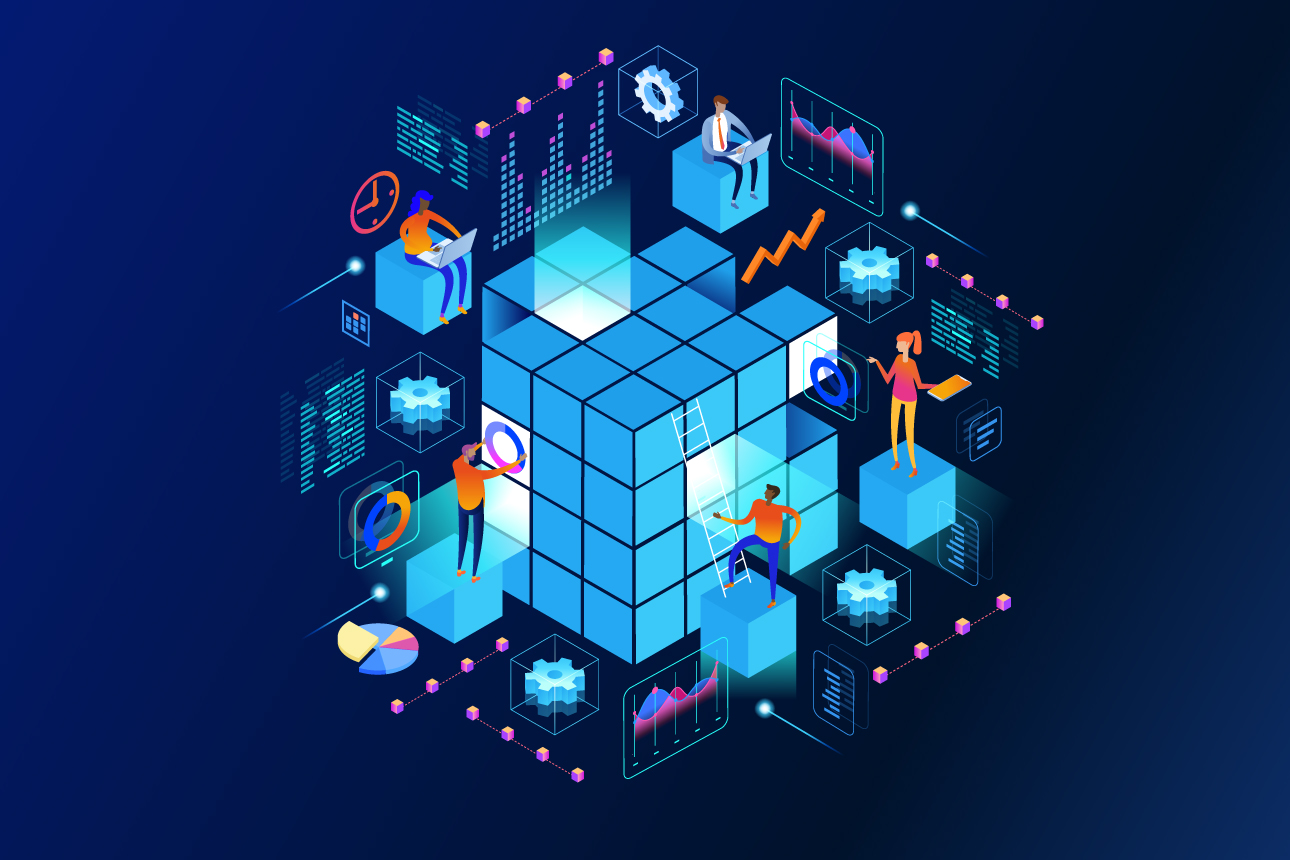Changing Culture Is Central to Changing Business Models
Leaders need to examine their core beliefs if they want to prosper in a COVID-19 world.
Topics
The New Leadership Mindset for Data & Analytics
Brought to you by
AWS
Culture is all-encompassing. It radiates through every action taken inside an organization — including deciding what is made and sold, which employees are hired and retained, which customers are serviced and how, what is measured and reported, and where time and money are invested.
However, while some leaders strive to create tomorrow’s cultural norms using advanced technologies, others resist cultural changes and stick to their knitting. The result is a growing chasm between winners and losers. For example, today’s trillion-dollar behemoths are all technology-based organizations that take advantage of mobile technology, data, multiple revenue streams, and AI strategies. They are led by leaders who want to change the world, while the companies that held the top spots of growth and value just two decades ago — banks, oil companies, real estate companies, and manufacturers — are paying the price for holding on to their historical cultural beliefs.
A good example of what’s at stake is the emergence of electric vehicles and Tesla’s rise to prominence as the most valuable car company in the world. In the companies that Tesla has surpassed, boards and leaders have resisted adapting to new cultural and technological realities. It’s not that the emerging cultural norms about the advantages of embracing modern business models have been unclear. It’s that while culture provides the foundation for organizational and industry stability, it is also the force that keeps leaders stuck in their old ways of conducting business. The takeaways from this story apply to every industry.
Leaders who are serious about creating the organizations of tomorrow have a simple choice: They can stay with the cultural norms that created their prior success, or they can do the hard work to change themselves to ensure success in the future. Today’s leaders need to take a personal journey to avoid the fate that has befallen companies such as Blockbuster, Kodak, Sears, and so many others, and it starts with three steps: examining personal values in order to redefine them, communicating the new values widely, and measuring what matters — the performance of the new initiatives and investments that are necessary.
While culture provides the foundation for organizational and industry stability, it is also the force that keeps leaders stuck in their old ways of conducting business.
